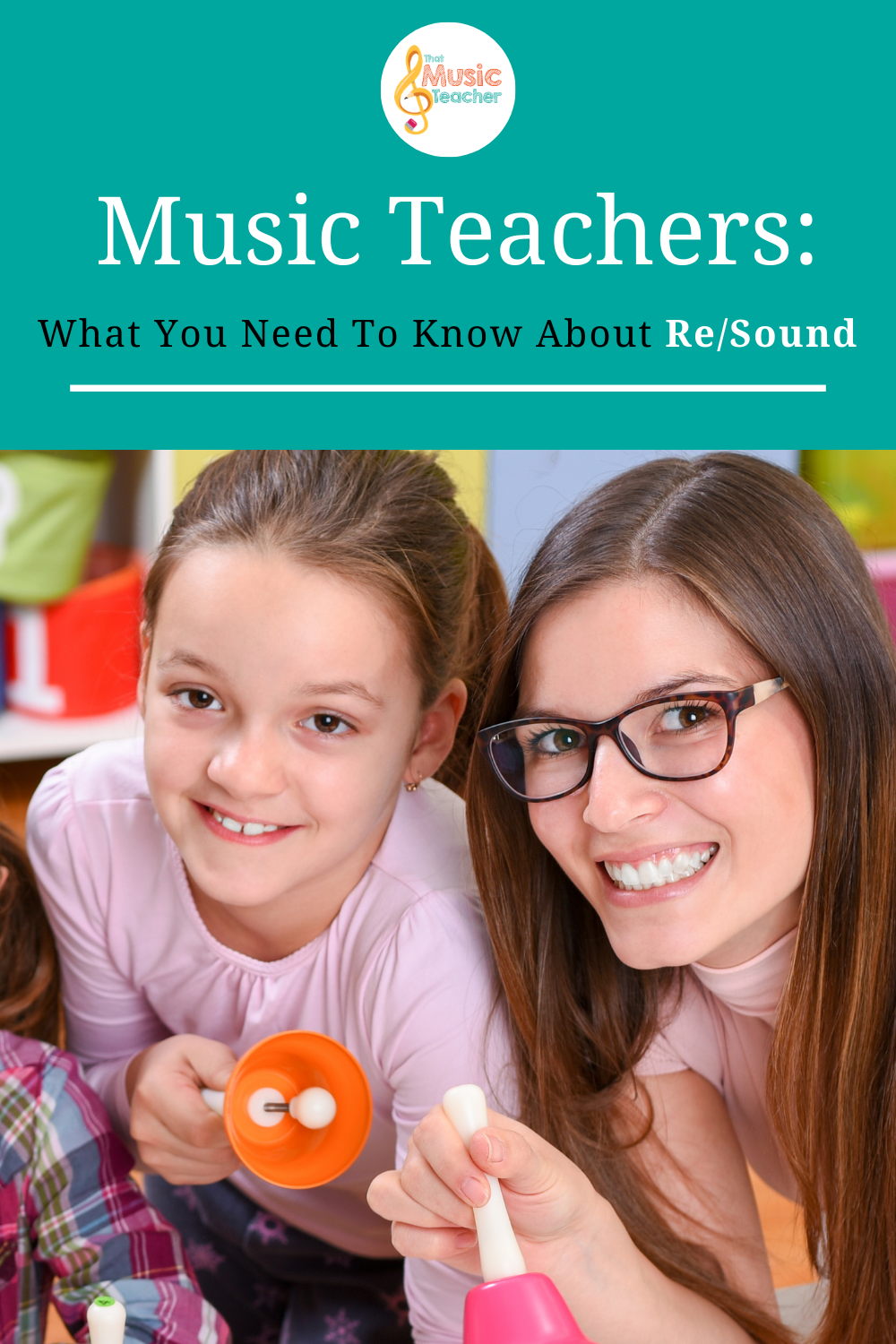
What You Need To Know About Re/Sound
Mar 09, 2021
Sometimes I feel like super sleuth! I spend a fair amount of time scouring different places for awesome ideas and resources. I am always particularly looking for resources that can help make my mainly traditional folk music repertoire more current, authentic and culturally diverse. This is something I have struggled with and want to do better for the diverse students I have the privilege of teaching each day in my classroom.
Unfortunately, there is not just one easy place to find resources like this. It takes a true detective to find bits and pieces, here and there to assemble diverse and current curricular materials. I was not surprised when I was invited to a listening session held by my local music association, Wisconsin School Music Association (WSMA), and PBS Wisconsin Education because I was hearing that other educators were on the lookout for these types of resources too. And, lucky for us, the media experts at PBS Wisconsin wanted to produce these resources for us! And, they did just that by utilizing contemporary artists currently working from a variety of dominant cultures.
Now, I know you might be thinking “Great! But, I don’t teach in Wisconsin”. Trust me when I say, these resources are not just for teachers in Wisconsin. America is a melting pot of culture with many similarities from place to place. Although all of the cultures represented in this project may not be prominent in your area, there are certainly connections you can make in the bigger picture of helping students to understand other cultures and see into the lives of currently working musicians. Plus, these resources could serve as inspiration for you to look into the prominent cultures in your area and create some of your own resources, or extensions from the resources available, to serve your student population.
What is Re/Sound?
“Re/Sound was created as a collection of digital resources designed to help general music educators and learners in grades 4-8 explore connections between music, culture and emotion.” The resources are all designed to complement songs by contemporary artists from a variety of cultures currently working as musicians including:
Latinx musicians: Richard Hildner Armacanqui and Juan Tomás Martínez
First Nations musician: Wade Fernandez of Keshena on the Menominee Reservation
Hmong singer: Maa Vue
Black American string duo: SistaStrings, Chauntee Ross and Monique Ross
The collection includes video interviews and performances as well as the audio tracks for each of the featured artists. The resources also include a complete educator engagement guide that follows the Comprehensive Musicianship Through Performance Model (CMP). Each plan includes all outcomes, strategies, and assessments that can be used with a variety of ensemble types.
That means everything you need is pretty much in one place. No more searching around for these types of resources!
Where Do I Find Re/Sound?
Re/Sound is available for FREE online access here. When you access the site, you can explore by musician or head to the top of the screen to take a look at the educator resources. You can also connect to your local PBS Learning Media resources to see more free media that is available to use with your students.
If you are looking for additional supplemental materials for Re/Sound specially, WSMA has you covered on their website. There are additional materials helpful for implementing each plan, a panel discussion of the project recorded from the Music Education Conference and some workshop recordings to view at your leisure.
How to Use Re/Sound in my Classroom?
I would suggest starting by looking through each educator engagement guide to determine which cultures and outcomes might best fit your program. I teach in a K-5 general music classroom. Some of the outcomes do not really lend themselves to the standards I need to teach so I pulled out the ones that worked well for my classroom. For instance, when looking at the guide for Hmong singer Maa Vue, I did not choose to focus on the skill of phrasing because we are not even supposed to be singing this year. However, the knowledge outcome of exploring instruments of other cultures fit perfectly! Once you have an objective in mind, look through the strategies to see which would best align to your objective. Lastly, gather any other resources you might need to enhance your lesson and student learning.
Here is an example of the activities I used with my student. I created each slide directly from the suggested strategies included in the guide. I just added the worksheets needed for formative assessment, a website I found to allow students to explore beyond Hmong instruments, and an “exit style” Google form summative assessment.
You can grab the resources I created for free by clicking here.
I hope Re/Sound can provide some clues to unlocking current, authentic and culturally diverse resources in your classroom. We would love to hear where else you find these types of materials too! Do you have other suggestions? Where do you go to find these types of resources? What do you still wish was available to enhance diverse instruction in your classroom?
This article was submitted by Katherine Miller contributing author for ThatMusicTeacher.com. Interested in becoming a contributing author? Email resume and writing sample to [email protected]

Don't miss a beat!
New moves, motivation, and classes delivered to your inbox.
We hate SPAM. We will never sell your information, for any reason.



